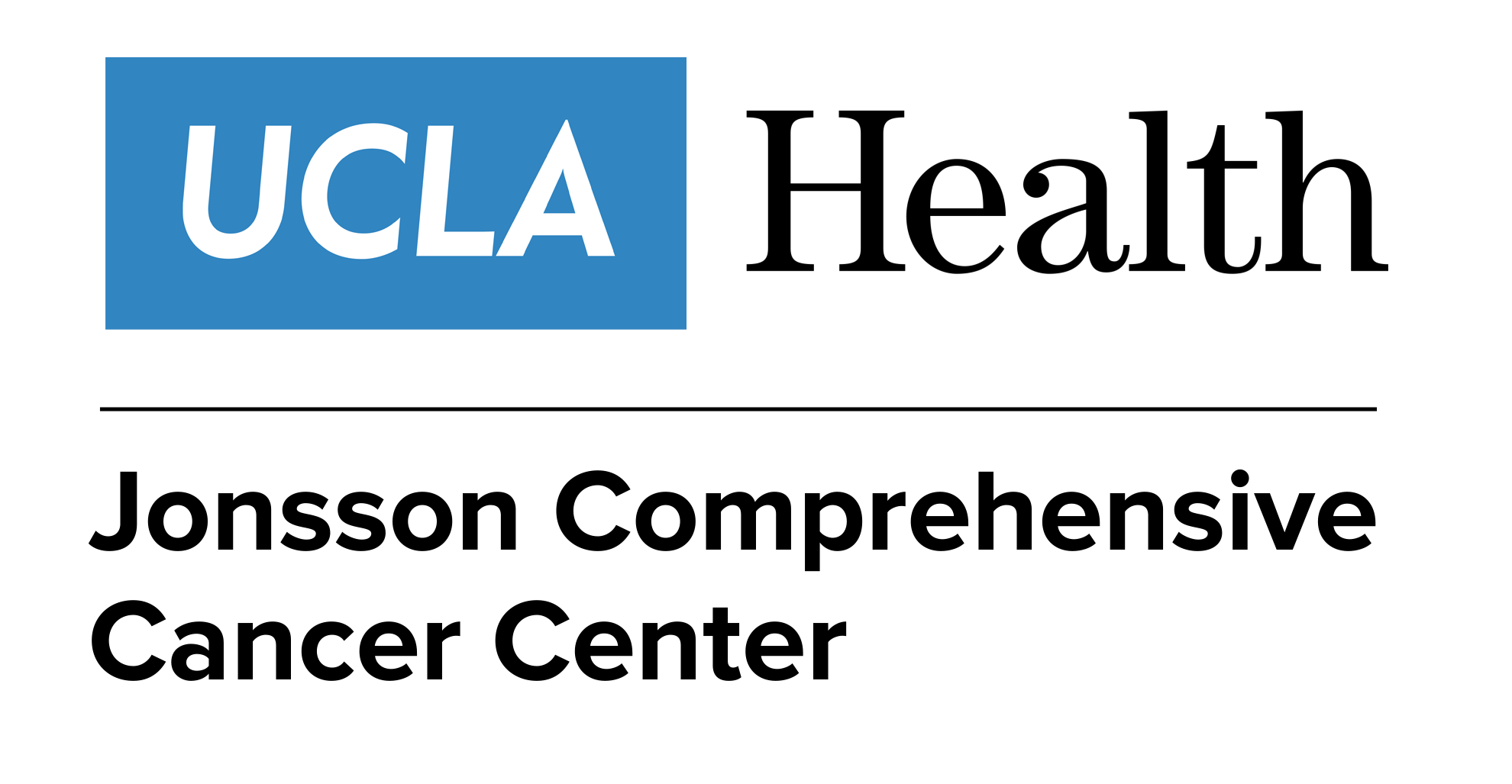
- August 2022
- Volume 16
- Issue 4
Breast Cancer Mortality Rates for Black Patients Call for Action From Oncology Nurses

In 17 years, the mortality rate for Black women with breast cancer has not changed.
As I read with great interest the essay from the Reverend Tammie Denyse in The ASCO Post regarding her journey with breast cancer, I felt my heart sink. I was immediately saddened by the disturbing statistics in her essay. As a patient with breast cancer and oncology nurse, I was dismayed to read that in the 17 years since Denyse’s diagnosis, the mortality rate for Black women with breast cancer has not changed. To this day, despite significant advancements in treatment options, Black women in the United States are still 41% more likely to die from the disease than White women— even though Black women are less likely to receive a cancer diagnosis.1
I asked myself: How could this happen in 2022?
According to Giaquinto et al, this disparity reflects the fact that Black women with breast cancer often receive a later-stage diagnosis.2 The percentages of localized-stage diagnoses received by Black and White women are 57% and 67%, respectively. Consequently, Black women with breast cancer are given a lower 5-year overall survival rate of 82% vs 92% for White women. In 2019, breast cancer surpassed lung cancer as the leading cause of cancer death among Black women. Targeted interventions are needed to reduce stark cancer inequalities in the Black community.
The 2020 Census showed that Black individuals are the third-largest racial group in the United States. Yet Black patients have a higher mortality rate than any other racial group for most cancers and other leading causes of death such as heart disease, diabetes, and stroke. A variety of factors may be the cause of these dramatic disparities, including lower socioeconomic status, less access to quality health care, and inadequate health insurance.2
As oncology nurses, we must recognize these disparities, educate others, and support these communities with evidence-based interventions to improve cancer care for Black patients everywhere. Unfortunately, it is not just the care and treatment of Black women with breast cancer where the system fails: Black patients with many types of cancer are not protected by the system. According to Nogueira et al, Black patients who receive a diagnosis of early colorectal cancer receive poorer care than their White counterparts.3 The authors identified that differences in health insurance coverage were the largest contributor to racial disparities in guideline-coordinated care. The study results showed that improved access to care could help mitigate disparities in cancer outcomes, something every oncology nurse knows and wants for all patients.
To complicate this painful truth, the COVID-19 pandemic has further widened health disparities for individuals of color. In 2020, Black individuals were approximately 3 times as likely to be hospitalized with COVID-19 and twice as likely to die from the disease as White individuals.2 At this time, many long-lasting effects of the disease are unknown, and diagnosis delays caused by screening postponement, treatment delays, and short staffing of health care facilities due to fear and burnout are still largely undocumented. However, experts agree we will ultimately experience an increase in the cancer mortality rate and further exacerbation of the racial disparities in cancer treatment because of the COVID-19 pandemic.2
What can nurses and other health care workers do to help close this mortality gap? Many issues have been identified regarding racial disparities in cancer deaths, but experts state the overall problem is systemic and preventable. As oncology nurses, we can recognize and address certain issues such as poorer patient-physician relationships, longer referral times, treatment delays, and greater distrust of the medical system.2 Future research should explore the influence of systemic racism on health but also develop systems to reverse the course of such racism. Oncology nurses must work to change racial disparities in their practices locally, nationally, and globally. When it comes to health care, equal care and access are basic human rights. It starts with us.
References
1. Denyse T. Why are Black women still dying at higher rates than White women from breast cancer? ASCO Post. May 10, 2022. Accessed July 19, 2022. https://bit.ly/3B4lB3G
2. Giaquinto L, Miller KD, Tossas KY, Winn RA, Jemel A, Siegel RL. Cancer facts & figures for African American/Black people 2022-2024. American Cancer Society. Accessed April 22, 2022. https://bit.ly/3AWLPoC
3. Nogueira LM, Folasade M, Yabroff KR, Siegel R. Racial disparities in receipt of guideline-concordant care for early-onset colorectal cancer in the US. J Clin Oncol. 2022;40(suppl 16):6544. doi:10.1200/ JCO.2022.40.16_suppl.6544
Articles in this issue
over 3 years ago
Normalize Palliative Care as Part of the Oncology Treatment Planover 3 years ago
Dispelling Nutrition Myths for Patients With Cancerover 3 years ago
Is a Health Care Price Transparency Revolution at Hand?over 3 years ago
Tackling the Adverse Events of Immunotherapyover 3 years ago
USP <800>: Still a Work in Progress?over 3 years ago
Structured Onboarding Processes Boost Employee Retentionover 3 years ago
FDA Approves Liso-Cel for Second-Line Large B-Cell LymphomaNewsletter
Knowledge is power. Don’t miss the most recent breakthroughs in cancer care.
















































































